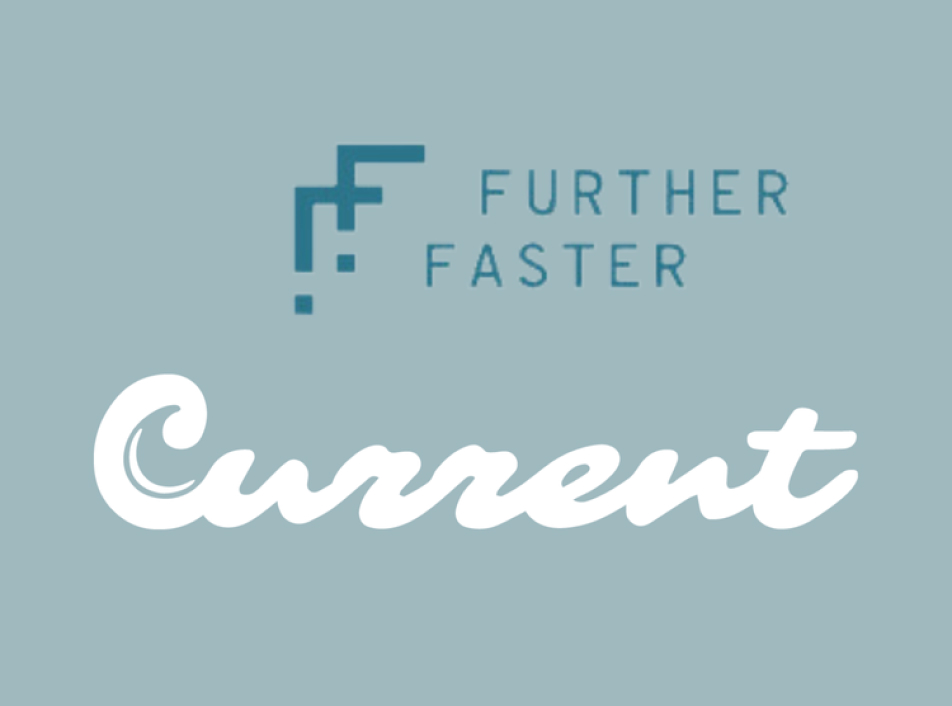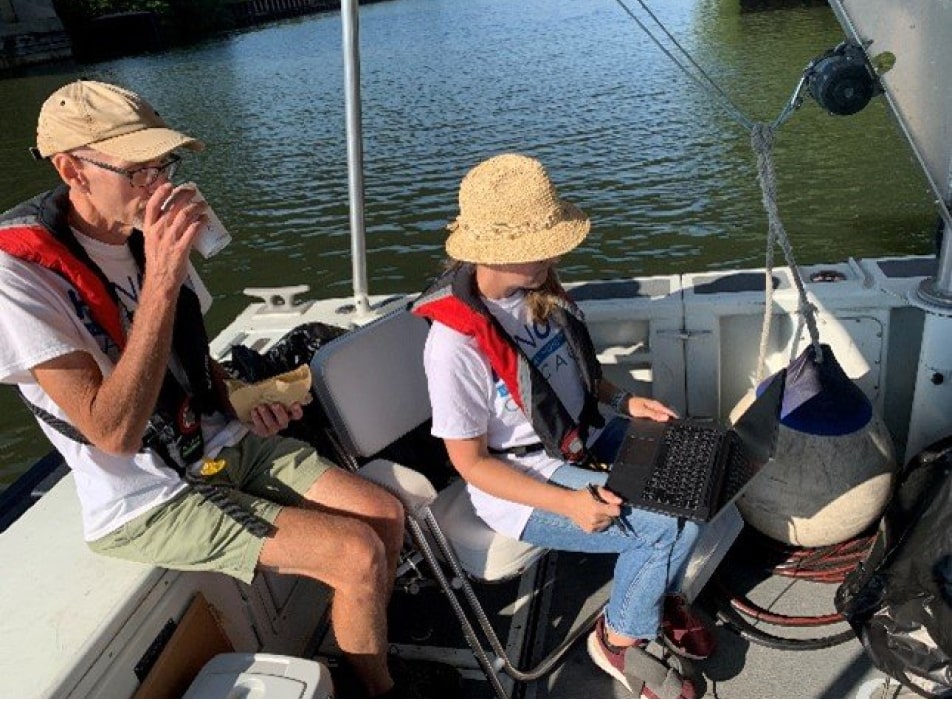One of the best parts of our work at Current is the inside view of the globally significant water and wastewater treatment facilities right here in the Chicago region. This winter, Team Current visited our partners at the Metropolitan Water Reclamation District of Great Chicago’s (MWRD) Stickney Water Reclamation Plant for a site tour of the facility, which is the largest secondary wastewater treatment plant in the world. Heng Zhang, Assistant Director of Monitoring and Research at MWRD, and Scientific Leadership Committee member at Current, led the team on an informative and thorough tour of the plant’s different sectors.
The secondary treatment process for wastewater (sewage) aims to achieve a certain degree of effluent (discharge) quality by using a sewage treatment plant with physical phase separation to remove solids, and a biological process to remove dissolved and suspended organic compounds. Plants like Stickney, are constantly looking for innovative technologies and methods to recover and/or remove a variety of pollutants, like microbes, micro-plastics, heavy metals, PFAs and nutrients from wastewater. Certain nutrients, like phosphorus, are non-renewable resources that are in short supply and are essential for industries, like agriculture. These nutrients can also be very harmful to waterways and the aquatic life in them, and can pose a threat to drinking water supplies for communities if they are not extracted from wastewater.
The Stickney plant serves residents in the central part of Chicago, as well as 46 other communities within a 260-square-mile-area, and it can treat 1.4 billion gallons of water per day – a valuable service, since the plant takes in both residential wastewater and stormwater (combined sewage). It is one of seven plants in the Chicagoland area working around the clock to treat the water that runs off of yards and goes down drains, so that it returns to our waterways cleaner than when it went in.
A tour of Stickney reveals opportunity for technology and innovation through many steps of the wastewater treatment process – from the water intake pipes and pumps, aerated grit tanks, water settling tanks, to the biosolid drying areas where waste is recovered for compost. MWRD recently opened the world’s largest nutrient recovery facility, which has the ability to create 10,000 tons of high value fertilizer annually. This material is marketed and sold to nearby landscapers, farmers and landowners to provide a return on investment for the utility and instant savings for taxpayers. Chicagoland area residents can even pick up free Exceptional Quality Compost at 6 different MWRD plants. Removing and recovering this phosphorus from the wastewater stream definitely benefits certain stakeholders, like farmers, but it also improves water quality downstream. It is an incredible feat of scale and complexity that keeps this operation going every day.
We wrapped the morning with a working session with MWRD staff across their R&D, monitoring and engineering departments. This is part of a broader and ongoing exploration of ways to help support and accelerate the innovation efforts of Current’s partners. Facility tours like this provide a chance to see technology on site and in practice, and inspire new ideas for collaborative pilots.




